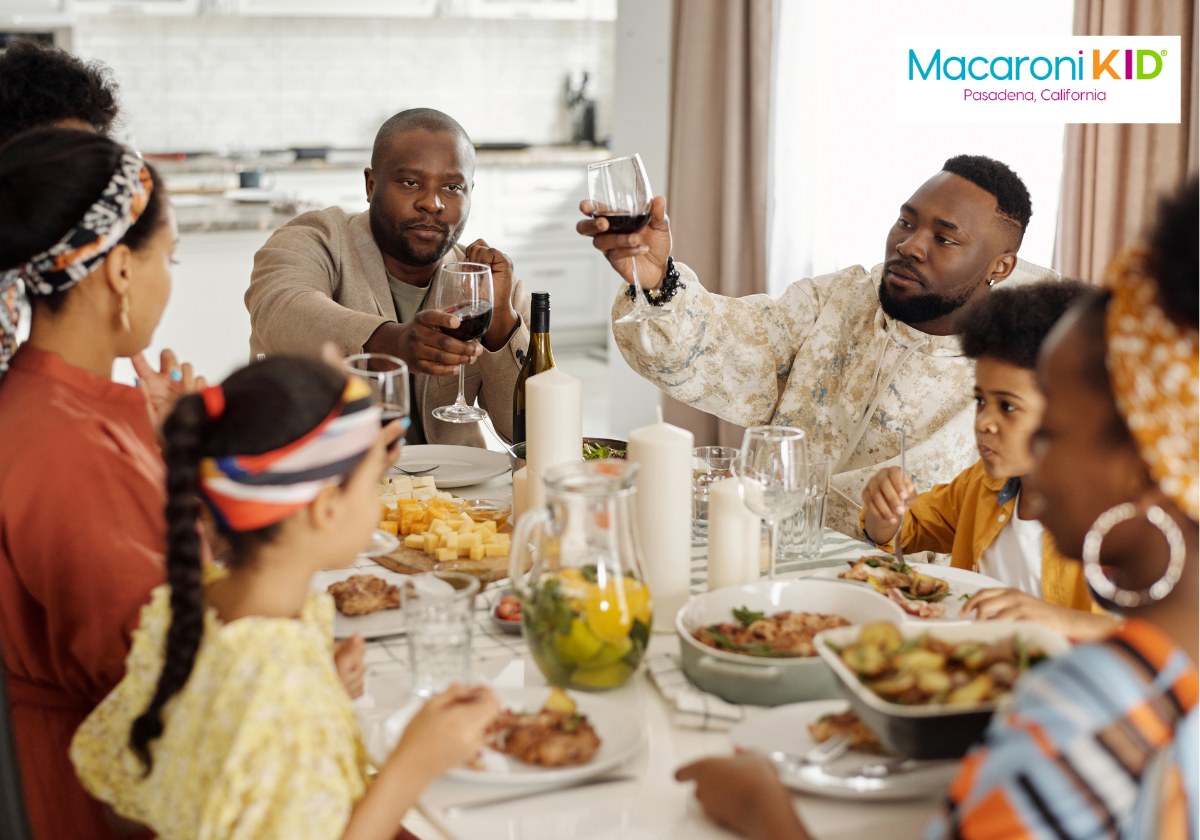| The fact that December is National Impaired Driving Prevention Month is no accident. Impaired driving incidents surge in between Thanksgiving and New Years’ due to the abundance of holiday gatherings, increased travel, and winter weather in some parts of the country. This makes December one of the most hazardous months on the road. Drunk and impaired driving has claimed an average 940 lives in the U.S. during the month of December each year over the past 5 years, according to NHTSA. (In December of 2018 alone, 1,100 people died in alcohol-related crashes.) According to NHTSA statistics, December drunk driving death rates are 10 times the average of other months of the year. It’s so important to be extra vigilant this time of year. As the holiday season kicks into high gear, Mothers Against Drunk Driving® (M.A.D.D.) is reminding Americans to prioritize safety. M.A.D.D. is calling on everyone to be aware of impaired driving during Impaired Driving Prevention Month in December — as millions travel to gather with families over the holidays. It’s amazing how much a quick, bad decision can devastate an innocent family forever. California Mom and M.A.D.D. Ambassador, Tara Repka Flores, tells the story of her family’s devastating loss so she can help influence others to make the right decisions and save lives. “On Monday, October 7, 2019, my 13-year-old son Alec Flores was killed by a drunk driver while he was walking to school…” Flores says. “The driver was a fellow parent at the same school, who had her three children in the car at the time of the crash and fled the scene….my personal mission is to help M.A.D.D. prevent other families from having to endure the pain mine has experienced and to put an end to impaired driving.” Macaroni KID Pasadena was able to get some advice from Flores on how we, average Moms and Dads, can help the cause and prevent as many impaired driving accidents as possible. We asked how parents can model responsible behavior for young children – kids too young to drive, but who look to adults to develop their perceptions of the world. Flores says “Parents can model responsible behavior for young children by demonstrating safe and thoughtful decision-making in their daily actions, especially around driving and alcohol use.” She provides the following tips as well: Never Drive Impaired and be Open with Your Kids Use alternatives like rideshares, public transportation, or designated drivers, and explain your choices in age-appropriate language. Talk openly and transparently with your kids about how and why you are planning a sober ride. Make it part of a normal life experience… And do it every single time, so it’s expected and understood—just as easy and routine as brushing your teeth before bed. Talk to Your Kids About Never Getting in the Car with an Impaired Driver Have an open conversation about the risks of getting into a car with someone who is impaired by alcohol or drugs. Work together to create a clear plan for what they should do if they ever find themselves in this situation. Reassure them that they can always call you or another trusted adult for a safe ride, no matter the time or circumstances. Communicate Values Use everyday opportunities to discuss the importance of making safe and responsible choices. Highlight how your actions reflect these values, helping children understand the connection between decisions and consequences. Talk about how actions, such as driving responsibly, protect not just the individual but also others on the road. Use Teachable Moments If a story about impaired driving comes up in the news or in conversation, use it as an opportunity to discuss why such actions are dangerous and how they can be avoided. |
 |
It’s crucial to prioritize safety when someone may drive impaired, even though addressing these situations with family or friends is difficult. Tara says “If you find yourself in this scenario, remain calm and suggest alternatives, like calling a cab, ordering a rideshare, finding a sober driver to take them home, or suggesting they stay overnight. If they’re hesitant to agree, involve others to help emphasize the importance of making the right decision. If all else fails, contacting local law enforcement may be necessary. While it can be hard to involve the police and risk your loved one facing the consequences, it’s a far better choice than allowing a potentially devastating outcome to unfold. Impaired driving puts everyone at risk but stepping in can save lives and prevent injuries. ‘An effective strategy is also to remind everyone of Alec’s story. Alec was just an innocent kid walking to school when he was killed by an impaired driver. It is never worth taking the risk of killing or injuring someone. Feeling discomfort over holding family members accountable for taking simple actions to keep themselves and others on the road safe is far better than the horrible alternative. Imagine how uncomfortable, even desperate you would feel if Uncle Frank left the family get-together and killed a child on his way home? ‘I also encourage everyone to start a family dialogue about expectations for family events. It is okay to share that you are trying to create a culture of responsible, sober driving for your kids. By committing to sober driving and inviting everyone to join you, you model positive behavior for your kids… Work to make it less of an issue and more of a culture of how your family gets together—that they practice sober driving, and no one needs to drive after they have had anything to drink. Then it’s not an issue of whether Uncle Frank has had too much to drink, because the family is practicing sober driving. Anyone who is drinking is getting an Uber—and there is no value judgment about whether Uncle Frank has had too much—it’s as simple as anyone who has had anything to drink isn’t going to drive—because we drive sober. |
 |
Part of M.A.D.D.’s mission is to advocate for safe and sober driving whenever and wherever possible. They encourage all of us to support new legislation and new technology that will help make the roads a safer place, not only in December, but during all months of the year. According to M.A. D.D. officials, “Anti-drunk driving technology [already] exists. The U.S. Department of Transportation’s final recommendation on mandatory safety standards for this tech is still in progress but automakers don’t need to wait—they already have the tools to start saving lives now. We can end impaired driving with technology that already exists. There's no reason to wait on the government to act, as automakers can implement the technology now and end impaired driving. ‘A leading developer of anti-drunk driving technology – the Driver Alcohol Detection System for Safety (DADSS) – has already made its technology available to fleet vehicles and is in the final stages of completing its breath sensor for use in all cars. Every day this technology is not in cars, 37 more people are killed by impaired drivers. This tech will save over 10,000 lives and prevent hundreds of thousands of injuries annually. ‘The HALT Drunk Driving Act, passed in 2021, requires a regulation for anti-drunk driving technology in all new cars, but there’s no reason for automakers to wait for the federal government to tell them to do the right thing. M.A.D.D. is calling on the auto industry to take immediate action and lead the way in creating a future where drunk driving no longer exists. ‘The tech is here, the need is urgent, and the lives saved will speak for themselves.” |
 |
I would tell Alec that I want so much for his life—I want him to have all the best things. And that if he ever made the choice to drive after consuming alcohol, he could become someone who killed another human being for a moment of enjoyment—and I want so much more and better for him and his life. Finally, if I got to talk to Alec today, I would tell him how much I love him and miss him, because the reality is he isn’t here anymore, and I don’t get to tell him anything in person anymore—because someone chose to drive drunk and took his life. Someone else made a bad choice and took Alec’s life and turned themselves into someone who killed a child walking to school. |



